Welding, an ancient technique integral to fabrication, has evolved over millennia to enable the crafting of everything from swords to ships, and furniture to structural frameworks. With a diverse array of welding methods available, each is tailored to specific uses and environments. For beginners, certain welding techniques may prove more accessible, offering a smoother learning curve, whereas mastering others could require extensive practice and dedication. Some welding methods are ideally suited for indoor projects, providing precision and control, while others excel in outdoor settings due to their robustness against environmental variables. Continue exploring to discover the various welding types and identify the one that aligns with your project requirements and personal proficiency.
Gas Metal Arc Welding (GMAW/MIG)
Commonly referred to as MIG welding or by its technical name, Gas Metal Arc Welding (GMAW), this method employs a fine wire as the electrode, which melts and forms the weld as it’s continuously fed through the welding tool to the joint. A crucial aspect of MIG welding is the use of a shielding gas – such as carbon dioxide, oxygen, argon, or helium – to safeguard the weld pool from atmospheric impurities. MIG welding is versatile, being suitable for a variety of metals including stainless steel, copper, nickel, carbon steel, and aluminum, making it a favored choice in both the construction and automotive sectors.
Recognized for its user-friendly nature, GMAW is an excellent starting point for novices in welding due to its straightforward technique, minimal post-weld cleanup, and efficiency in handling thin materials. The process enables rapid welding speeds and enhanced control over the weld, contributing to its widespread popularity. However, the need for shielding gas introduces additional costs, and the technique has limitations when it comes to welding very thick materials or executing welds in vertical or overhead positions.
Gas Tungsten Arc Welding (GTAW/TIG)
Referred to as TIG welding, or by its technical name, Tungsten Inert Gas welding, this method is particularly effective for joining thin and non-ferrous materials such as aluminum, copper, lead, or nickel, making it an essential technique in the manufacture of bicycles and aircraft. Distinguished from other welding techniques, TIG welding employs a non-consumable tungsten electrode to create the weld, necessitating an external gas supply, typically argon or a mix of argon and helium, to shield the weld area from atmospheric contamination.
Regarded as one of the most challenging welding methods to perfect, TIG welding demands exceptional precision and control, yielding welds of unparalleled quality. The process requires maintaining a very small gap between the welding arc and the material, underscoring the need for meticulous technique. The outcome is exceptionally robust and durable welds, a testament to the skill of the welder.
Shielded Metal Arc Welding (SMAW)
This arc welding technique, known as Shielded Metal Arc Welding (SMAW), utilizes a manual approach with a flux-coated consumable electrode. Often favored by hobbyists and home-shop welders, SMAW is colloquially referred to as stick welding, a nod to the stick-like form of the electrode employed in this method. SMAW’s appeal largely stems from its simplicity and cost-effectiveness, requiring minimal equipment and eliminating the need for shielding gas. This makes it highly versatile, capable of being conducted outdoors regardless of weather conditions, and effective on surfaces that are not perfectly clean or are somewhat corroded.
However, while stick welding is accessible and flexible, it does have its drawbacks. Welds created through this method may not meet the highest standards of quality, with common issues including porosity, susceptibility to cracking, and inadequate penetration, resulting in welds that may lack the longevity and resilience of those produced by more advanced welding techniques.
Flux Cored Arc Welding (FCAW)
Flux-Cored Arc Welding (FCAW) shares similarities with MIG welding, notably its reliance on a continuous wire feed. FCAW is characterized by two distinct processes: one that utilizes shielding gas and another that employs self-shielding technology, where flux within the wire generates protective gases upon decomposition. Renowned for its affordability and straightforward learning curve, FCAW offers an excellent entry point for novices embarking on their welding careers, mirroring the accessibility of MIG welding. Furthermore, FCAW is suited for outdoor applications, as it remains unaffected by windy conditions. Its semi-automatic arc welding technique ensures rapid welding speeds and enhanced mobility, attributes that have cemented its status as a go-to choice for construction-related welding tasks.

